
\ Introduction to Fair, Thorough, and Trauma Informed Sexual Violence Investigations
Jody Shipper, J.D.
July 2021
Grand River Solutions




Vision Mission Core Values
We exist to help create safe and equitable work and educational environments.
Bring systemic change to how school districts and institutions of higher education address their Clery Act & Title IX obligations.
v Responsive Partnership
v Innovation
v Accountability
v Transformation
v Integrity



Today’s Agenda 01 03 The Proper Application of Trauma Informed Practices Developing an Investigative Strategy 04 Investigative Interviews Title IX’s Requirements 02 05 The Investigative Report and Record
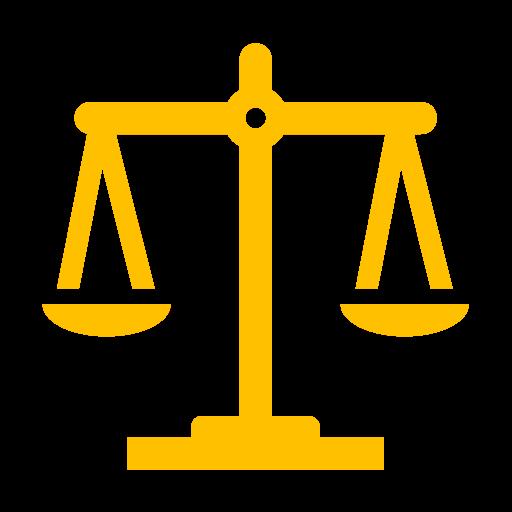


Title IX’s Requirements 01 GRANDRIVER SOLUTIONS
Procedural Requirements for Investigations

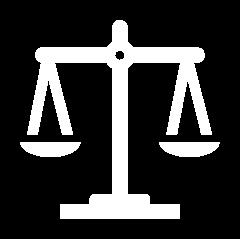

Equal opportunity to present evidence




An advisor of choice
Written notification of meetings, etc., and sufficient time to prepare Opportunity to review ALL evidence, and 10 days to submit a written response to the evidence prior to completion of the report
Report summarizing relevant evidence and 10 day review of report prior to hearing

GRANDRIVER SOLUTIONS
Notice Requirements
Notice of the allegations, including sufficient details known at the time and with sufficient time to prepare a response before any initial interview. Sufficient details include: the identities of the parties involved in the incident, if known, the conduct allegedly constituting sexual harassment under § 106.30, and the date and location of the alleged incident, if known.
The written notice must include a statement that the respondent is presumed not responsible for the alleged conduct and that a determination regarding responsibility is made at the conclusion of the grievance process.
The written notice must inform the parties that they may have an advisor of their choice, who may be, but is not required to be, an attorney, under paragraph (b)(5)(iv) of this section, and may inspect and review evidence under paragraph (b)(5)(vi) of this section.
The written notice must inform the parties of any provision in the recipient’s code of conduct that prohibits knowingly making false statements or knowingly submitting false information during the grievance process

GRANDRIVER SOLUTIONS
Advisor of Choice During the Investigation

The advisor can be anyone, including an attorney or a witness.
Institutions cannot place restrictions on who can serve.
Institutions can create rules and guidelines for participation in the investigation
No specific training required.


GRANDRIVER SOLUTIONS

Written Notification of Meetings and Sufficient Time to Prepare GRANDRIVER SOLUTIONS


Equal Opportunity to Present EvidenceGRANDRIVER SOLUTIONS

Evidence Review

GRANDRIVER SOLUTIONS

Parties must have equal opportunity to inspect and review evidence obtained as part of the investigation that is directly related to the allegations raised in a formal complaint

10 days to provide a written response

Investigative Report and Review

After reviewing and considering the comments on the evidence, the investigator will generate a report that summarizes the relevant evidence.

That report will be shared with the parties and they will have 10 more days to comment.

GRANDRIVER SOLUTIONS

“Directly Related” and “Relevant Evidence”GRANDRIVER

SOLUTIONS
Directly Related Evidence
GRANDRIVER SOLUTIONS
Regulations do not define “Directly Related” Evidence
Preamble states it should be interpreted using its plain and ordinary meaning.
Term is broader than:
• “all relevant evidence” as otherwise used in Title IX regulations, and
• “any information that will be used during informal and formal disciplinary meetings and hearings” as used in Clery Act
Includes evidence upon which the school does not intend to rely in reaching a determination regarding responsibility and inculpatory or exculpatory evidence whether obtained from a party or other source.

Evidence That is Not “Relevant”

“Questions and evidence about the complainant’s sexual predisposition or prior sexual behavior are not relevant,
• unless such questions and evidence about the complainant’s prior sexual behavior are offered to prove that someone other than the respondent committed the conduct alleged by the complainant, or
• if the questions and evidence concern specific incidents of the complainant’s prior sexual behavior with respect to the respondent and are offered to prove consent.”
“require, allow, rely upon, or otherwise use questions or evidence that constitute, or seek disclosure of, information protected under a legally recognized privilege, unless the person holding such privilege has waived the privilege.”
Physical and mental health records and attorney-client privileged communications would fit within scope of this prohibition

GRANDRIVER SOLUTIONS

The Proper Application of Trauma Informed Practices


02 GRANDRIVER
SOLUTIONS
Trauma informed practices provide tools/techniques for interviewing and engaging with the Complainant, Respondent, and Witnesses.


GRANDRIVER SOLUTIONS
Format/Structure of the Interview


Format of Questions


Approach to Clarification


Designed to: Encourage thorough and complete investigations 01 Assist with recollection 02 Assist with recounting 03 Reduce potential for false information 04 Minimize unnecessary retraumatization 05 Reduce bias 06 GRANDRIVER SOLUTIONS
Trauma Informed Practices are
Misapplication of Trauma
Informed Practices


SOLUTIONS
GRANDRIVER
It is a misapplication of trauma informed principles to allow potential evidence of trauma to:
1. Influence the interpretation of a specific item of evidence;
2. Substitute for missing evidence;


3. To serve as a justification for not doing a full and thorough investigation;
4. Cause a biased belief in the veracity of one or more party.


An event that is experienced as terrifying, horrifying, or threatening and that is coupled with an actual or perceived lack of control.


Trauma GRANDRIVER SOLUTIONS
Examples of Events that Might Trigger a Traumatic Response
Sexual Assault
Physical Assault by a Stranger
GRANDRIVER SOLUTIONS
Physical Assault by an Intimate Partner A Car Accident
Accident that causes Serious Injury or Death Robbery Medical Event Disaster


GRANDRIVER SOLUTIONS
Common Characteristics of Disclosures by a Trauma Brain
Inconsistent
Non-linear
Fragmented
Lack of detail
New information
Affect is unexpectedGRANDRIVER SOLUTIONS



Historically, the seemingly inconsistent behaviors that frequently accompany disclosures of sexual assault and interpersonal violence resulted in the belief that the victim was being dishonest.

Inconsistencies
Inconsistencies
Lack of Detail
Lack of Detail
Non-Linear Fragmented New Information
Non-Linear Fragmented New Information
GRANDRIVER SOLUTIONS


Not Credible


The Historical Conclusion…




False Report Regretted Sex Not Provable CASE CLOSED
GRANDRIVER
SOLUTIONS

When an investigator uses “trauma informed” tools, they are less likely to:


GRANDRIVER SOLUTIONS




CONCLUDE, WITHOUT CONDUCTING A THOROUGH INVESTIGATION, THAT THE REPORTING
INDIVIDUAL IS NOT CREDIBLE

PREMATURELY CONCLUDE THE INVESTIGATION ASK QUESTIONS OR MAKE DECISIONS FOUNDED IN BIAS




CAUSE ADDITIONAL HARM JEOPARDIZE FUTURE REPORTING




Developing an Investigative Strategy 03 GRANDRIVER SOLUTIONS
Understand the Scope of the Investigation

Review the formal complaint

Ask questions if unsure

GRANDRIVER SOLUTIONS
The Process
Developing an Investigative Strategy


Develop a timeline

Identify Witnesses
Receive Report GRANDRIVER SOLUTIONS
Identify Potential Evidence


Develop Strategy to Collect Evidence

Investigation Timeline
Prior History
• Between the Parties
• Of the Parties
GRANDRIVER SOLUTIONS
Incident
• Consent
• Type of Contact
• Injuries
Pre-Incident
• Communications
• Interactions
• Conduct
Post Incident
• Behaviors
• Communications


The Importance of OrganizationGRANDRIVER SOLUTIONS





Investigative Interviews 04 GRANDRIVER SOLUTIONS

Connect
Build rapport
Build trust Empower
Interview Objectives GRANDRIVER SOLUTIONS

Listen
Allow interviewee to share their experience

Clarify
Understand what you have heard
Seek additional information

Evidence
Preservation
Text Messages
Photographs Names and contact info for witnesses

Prior to the Interview



Secure an appropriate meeting location



Allow for enough time to conclude the meeting



GRANDRIVER
SOLUTIONS
If interviewing a party, inform them of their right to have an advisor present.



Prepare for the meeting
Areas of focus?
Other evidence?
Go back review what you have



Provide Written Notice of the Meeting
Advise the parties/witnesses that you will be collecting evidence

Set
Expectations
GRANDRIVER SOLUTIONS
What they should expect of you
• That you are neutral
• That you will listen, what they are saying is important to you
• That you will keep the information they share private
• What you will do with recording/notes
• That you may have to ask difficult questions
• Patience, respect, and appreciation
• This will not be their only opportunity to speak with you
What you expect of them
• Honesty
• That they will seek clarity if needed (give them permission to do so)
• That they wont guess or fill in blanks

An investigator must make the person being interviewed feel safe, in control, and supported.

More accurate investigatory findings





Increased evidence collection and quality



This will lead to feelings of safety and trust and will result in a more cooperative interviewee.
The Importance of Empowerment and the Power of Empathy



The interviewee will be able/willing to remember and share more information



GRANDRIVER SOLUTIONS
How do we…

Build Rapport and Trust?

Empower?


GRANDRIVER SOLUTIONS
Rapport and Trust

Exhibiting Expertise
Clear Introduction
Exhibiting Empathy
Preparedness
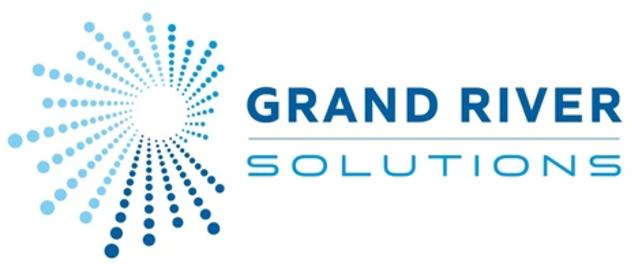
TransparencyGRANDRIVER SOLUTIONS
Empowerment

Duration
Permission to ask questions
Space
Clear Expectations
Permission to seek clarity
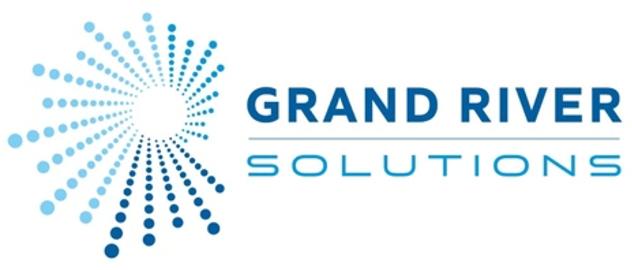
GRANDRIVER SOLUTIONS
Investigative Interviews
Start by eliciting a narrative





Listen Interview for clarification





Listen




Avoid leading questions, questions that blame, interrogating

GRANDRIVER SOLUTIONS
Start the interview by eliciting a narrative…

Where would you like to begin?

Start where you are comfortable and share what remember.

What are you able to tell me about your experience?

Allow the person to speak uninterrupted. This takes patience.

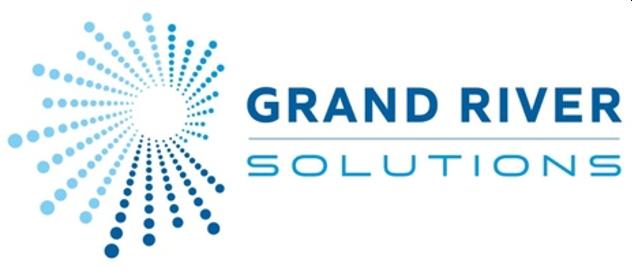
GRANDRIVER SOLUTIONS
Next, ask questions that are intended to clarify and more deeply explore the information and details provided by the person in their narrative.
Do Ask:
Avoid:
• Interview for clarification
• Help me understand
• Can you tell me more about…?
• Is there anything else you can share about…?
GRANDRIVER
SOLUTIONS
• Interrogation
• Questions that blame
• Questions that imply doubt
• Leading questions

Explore implicit memories by asking questions about the sensory experience and peripheral details.
• What are you able to tell me about:
• What you saw?
• What you heard?
• What you smelled?
• What you felt?
• What you tasted?
• What are you able to tell me about any images, smells, or sounds that keep coming back to you?



GRANDRIVER SOLUTIONS

Capture the Entire Experience
GRANDRIVER SOLUTIONS
• If you have to, ask about the physical and emotional reactions to the incident.
• Conclude with very open-ended questions:
• What was the most difficult part of this experience for you?
• Is there something that stands out/that you just can't stop thinking about?
• Is there anything more that you would like me to know?


At some point during the interview, it is also important to explore the prior history, if any, between the reporting individual and the accused.
The Before GRANDRIVER SOLUTIONS

And The After

It is also important to explore the events following the incident. Oftentimes, the best evidence is produced after the incident.
• The parties’ psychological reactions
• Changes in behavior
• Witnesses to the psychological reaction
• “Has anyone expressed concern about you since the assault?”
• Communication/contact between the victim and perpetrator

GRANDRIVER SOLUTIONS
Throughout the Interview

Explain your questions, especially the difficult ones.
GRANDRIVER SOLUTIONS
How much did you drink? What they hear: this is your fault because you were drinking.

Do not ask leading questions.

Watch your tone.

Do not rush.

LISTEN!!!!!!!!!

Pay attention to and document information that might lead to additional evidence.

Document questions asked. Especially when a response is not provided.

After the Interview: Actions

GRANDRIVER SOLUTIONS
Memorialize the Interview in writing Notes Summary Transcript

Provide Opportunity for the party or witness to review it

Provide opportunity for party or witness to provide a response

Incorporate the response
After the Interview:
Review

GRANDRIVER SOLUTIONS
Review your notes.

Is there something you missed or forgot to ask?

Do you need clarity on any of the information shared?

Has this interview revealed additional evidence that you want to explore or collect?

Has evidence of additional policy violations been shared?

Follow Up Interviews

Seek clarification

Explore inconsistencies

Explore contradictory evidence

Explore difficult issues

Opportunity to respond
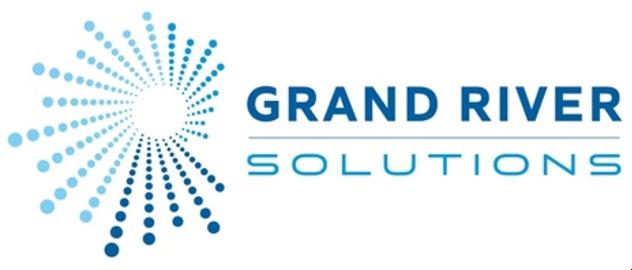
GRANDRIVER SOLUTIONS
Follow Up Interview Approach
1
2
Explain the purpose of the follow up
Set the stage for the topics you will be covering
Do not avoid asking the hard questions

3
GRANDRIVER SOLUTIONS

Details about the sexual contact

The “Hard” Questions
GRANDRIVER SOLUTIONS


Seemingly inconsistent behaviors

Inconsistent evidence/information



What they were wearing



Alcohol or drug consumption
Probing into reports of lack of memory


Lay a foundation for the questions.
How to Ask the Hard Questions
• Explain why you are asking it
• Share the evidence that you are asking about, or that you are seeking a response to
Be deliberate and mindful in your questions.
• Can you tell me what you were thinking when….
• Help me understand what you were feeling when…
• Are you able to tell me more about…
GRANDRIVER SOLUTIONS
Types of Evidence
Direct Evidence
• Evidence that is based on personal knowledge or observation and that, if true, proves a fact without inference or presumption.
Circumstantial Evidence
GRANDRIVER
SOLUTIONS
• Evidence based on inference and not on personal knowledge or observation.
Corroborating Evidence
• Evidence that differs from but strengthens or confirms what other evidence shows
Black’s Law Dictionary


Evidence











Testimony Text Messages Social Media Posts and messages Emails



Surveillance Videos Photographs Police Body Camera Footage


Swipe Records Medical Records


GRANDRIVER SOLUTIONS
Phone Records






Audio Recordings


A Thorough Investigation is more than evidence collection
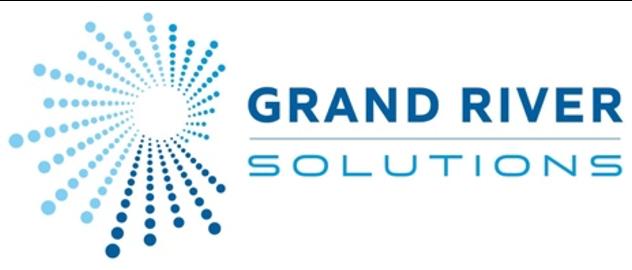
GRANDRIVER SOLUTIONS
Evaluating the Evidence
Is it relevant?
Evidence is relevant if it has a tendency to make a material fact more or less likely to be true.
Is it authentic?
Is the item what it purports to be?
GRANDRIVER SOLUTIONS
Is it credible/reliable?
Is the evidence worthy of belief?
What weight, if any, should it be given?
Weight is determined by the finder of fact!

A Thorough Investigation Permits the Decision Maker to Assess



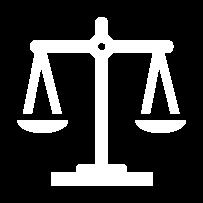


Credibility

Relevance
Reliability Authenticity Weight GRANDRIVER SOLUTIONS
Assessing Relevance
Why Does it Matter?
Unsure about the relevance about a particular item of evidence? Ask the person who has proffered it.
Character Evidence
Polygraph evidence
Opinion Evidence
GRANDRIVER SOLUTIONS










Opinion Evidence GRANDRIVER SOLUTIONS
Opinion Evidence: Try it!
You are investigating an allegation that Casey had sex with Taylor when Taylor was incapacitated. You interview several witnesses, one of whom made the following statement:
“I got to the party pretty late, and Taylor was already lit.”
“Taylor was wasted. Like totally messed up. There is no way they could have given permission for sex”
GRANDRIVER SOLUTIONS

Assessing Authenticity
Investigating the products of the Investigation GRANDRIVER SOLUTIONS

Never assume that an item of evidence is authentic.


Ask questions, request proof. Investigate the authenticity if necessary.


GRANDRIVER SOLUTIONS

Is it authentic?




GRANDRIVER SOLUTIONS


QUESTION THE PERSON WHO OFFERED THE EVIDENCE REQUEST ORIGINALS
OBTAIN ORIGINALS FROM THE SOURCE HAVE OTHERS REVIEW AND COMMENT ON AUTHENTICITY
ARE THERE OTHER RECORDS THAT WOULD CORROBORATE?
Assessing Credibility and Reliability
No formula exists, but consider the following:
Opportunity to view
Ability to recall
Motive to fabricate
Plausibility
Consistency
Character, background, experience, and training
Coaching

Bias GRANDRIVER SOLUTIONS



GRANDRIVER SOLUTIONS
Non-Participating Parties


Uncooperative Witnesses


Uncooperative Advisors


Identity of party or witness unknown


Refusal to share materials


Materials lost or no longer accessible



Difficult topics



05 GRANDRIVER SOLUTIONS
The Investigative Report and Record


At the conclusion of the investigation, we must create an investigative report that fairly summarizes relevant evidence.
GRANDRIVER SOLUTIONS


Relevancy Standard

Relevant Evidence
• “Evidence is relevant if:
• (a) it has any tendency to make a fact more or less probable than it would be without the evidence; and
• (b) the fact is of consequence in determining the action.”
GRANDRIVER SOLUTIONS
Irrelevant Evidence
• Prior sexual history of complainant, with two exceptions
• Legally recognized and unwaived privilege.
• Records related to medical, psychiatric, psychological treatment

Who Decides?

Department emphasizes repeatedly in Preamble that investigators have discretion to determine relevance
• Subject to parties’ right to argue upon review of “directly related” evidence that certain information not included in investigative report is relevant and should be given more weight
Investigators will have to balance discretionary decisions not to summarize certain evidence in report against:
• Each party’s right to argue their case, and
• Fact that decisions regarding responsibility will be made at hearing, not investigation stage

GRANDRIVER SOLUTIONS


Redactions GRANDRIVER SOLUTIONS
Additional Requirements
At least 10 days prior to the hearing GRANDRIVER SOLUTIONS


Share the report with the parties and their advisors


In electronic format or hard copy



The Purpose of the Report
To allow for advance Review
To allow for advance Preparation
• By the Decision Maker
• By the Parties
Reduce likelihood of bias in final outcome
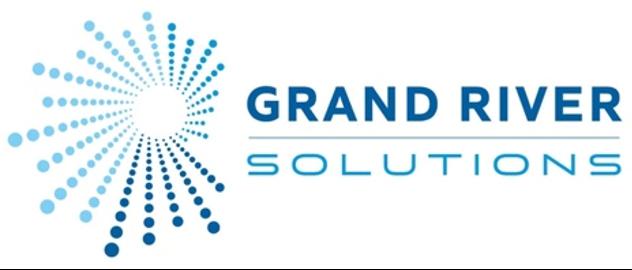
GRANDRIVER SOLUTIONS
Other Recipients?









Friends of the parties Parents Law enforcement Attorneys Judges Media Social media GRANDRIVER SOLUTIONS
Essential Elements
Consistent format GRANDRIVER SOLUTIONS
Intentionally organized to enhance comprehension
Factually accurate
Concise
Without editorial or opinion

Compilation of the Evidence GRANDRIVER SOLUTIONS


Report and Record Summary of the Evidence




Compilation of the evidence

The Record
Includes a procedural timeline GRANDRIVER SOLUTIONS

organized intentionally and consistently Divided into Appendices

Is attached to the report


Examples of Appendices


Appendix A: witness testimony only (e.g., transcripts, statements summaries, etc.)

Appendix B: relevant documentary evidence (e.g., text messages, SANE reports, photographs, etc.)
Appendix C: the remaining evidence deemed irrelevant, but directly related to the allegations in the formal complaint


Appendix D: the procedural timeline

GRANDRIVER SOLUTIONS


Structure of the Report
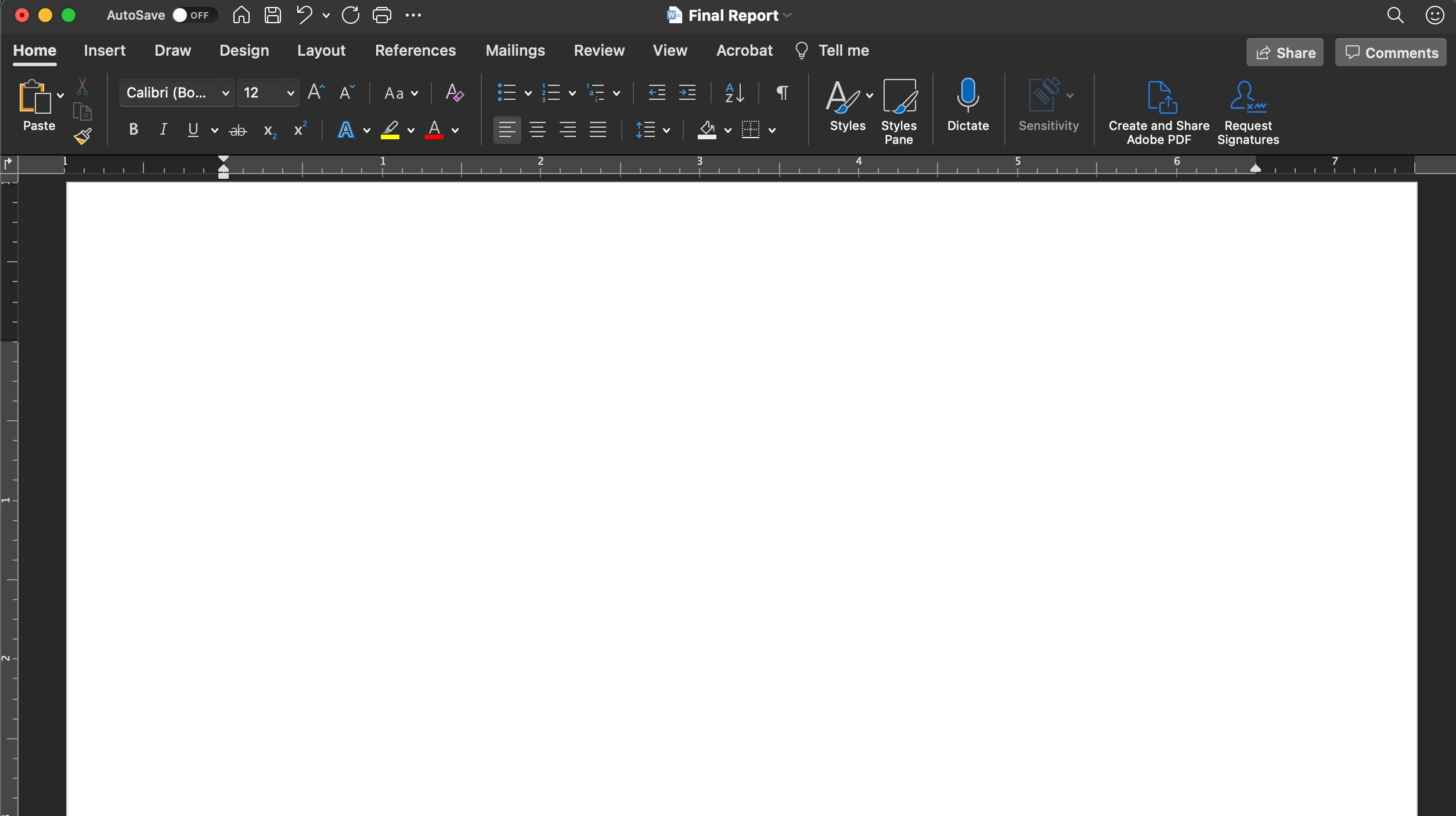
Overview of the Investigation
Statement of Jurisdiction
Identity of Investigators
Objective of the Investigation and the Investigation Report
Prohibited Conduct Alleged
Witnesses
Evidence Collected
Summary of Evidence
Conclusion
GRANDRIVER SOLUTIONS
Report Structure Overview


In this section, provide a very brief overview of the case. Include:
• the names of the parties,
• the applicable policy(ies)
• the prohibited conduct alleged,
• the date, time, and location of the conduct,
• a brief description of the alleged misconduct
GRANDRIVER SOLUTIONS



Report Structure
Statement of Jurisdiction

1. Cite Jurisdictional Elements
2. State all grounds for Jurisdiction

GRANDRIVER SOLUTIONS
Report Structure
Objective of the Investigation & Report

1. This language should mirror the language in your policy or procedures.
2. State the objective of the investigation

3. Briefly state that all procedural steps were followed
4. Describe the purpose of the report.

GRANDRIVER SOLUTIONS
Report Structure
Prohibited Conduct Alleged


1. List the allegations of prohibited conduct in the formal complaint.


2. Include definitions of prohibited conduct from institution’s policy/procedures.
GRANDRIVER SOLUTIONS

Report Structure List Witnesses

List those witnesses that were interviewed

List witnesses that were identified, but not interviewed
Simple List

Detailed List GRANDRIVER SOLUTIONS
Witness Name

Example of a Detailed List
Witness identified by: Information offered
John Doe Reporting Party
Jane Doe Investigators
GRANDRIVER SOLUTIONS
Mr. Doe is the Reporting Party’s best friend. He was with the Reporting Party the night of the reported incident.


Jane Doe is the Responding Party’s roommate. It is believed that she saw the Reporting Party leave the Responding Party’s residence immediately following the reported incident.
Report Structure Evidence Collected & Summary



In this section, include a summary of all relevant evidence. This section can be organized in several ways. It is important that, however organized, the evidence is summarized clearly and accurately, and without opinion or bias. In this section, the writer should cite the evidence and information in the Appendices.

GRANDRIVER SOLUTIONS


Report Structure Conclusion
GRANDRIVER SOLUTIONS

In this section, summarize next steps in the process, including any procedural pre-requisites for moving the matter forward to a hearing.




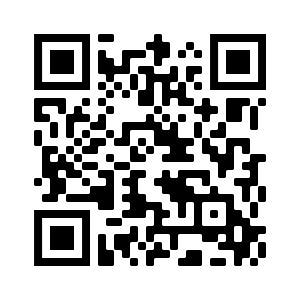


Questions? Email Us: Jody@grandriversolutions.com info@grandriversolutions.com @GrandRiverSols Grand River Solutions Follow Us: Feedback Survey:
©Grand River Solutions, Inc., 2021. Copyrighted material. Express permission to post training materials for those who attended a training provided by Grand River Solutions is granted to comply with 34 C.F.R. § 106.45(b)(10)(i)(D). These training materials are intended for use by licensees only. Use of this material for any other reason without permission is prohibited.












































































































































































































































































